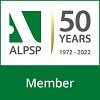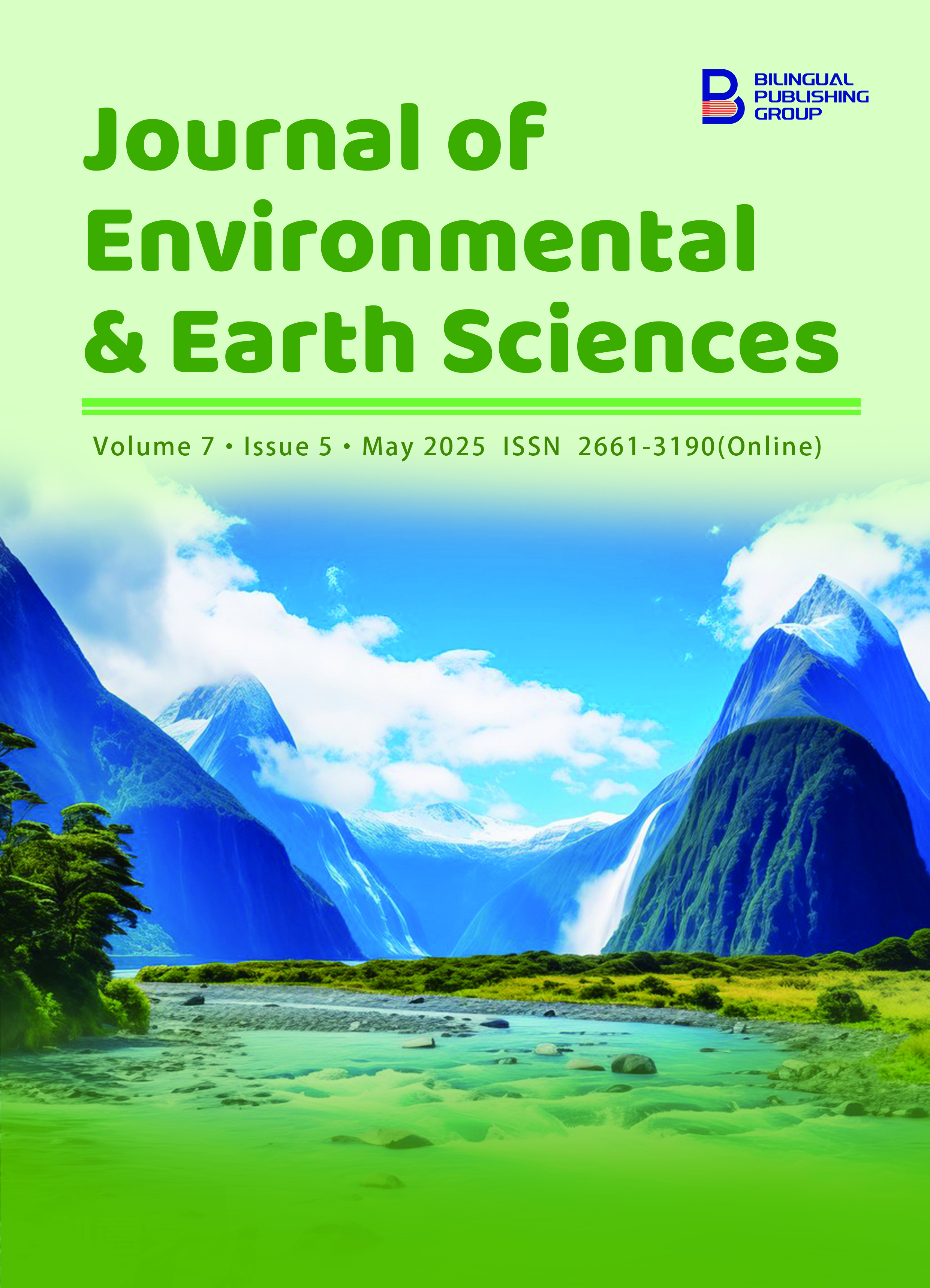
Climate Change’s Impact on Honeybee Distribution and Population, Habitats, Bioproducts, and Pest Threats as Protective of SDGs
DOI:
https://doi.org/10.30564/jees.v7i5.8755Abstract
Bees are essential to human life and ecosystems, significantly contributing to medicine, economics, and environmental equilibrium. Bees serve an essential function as pollinators, facilitating the cultivation of various fruits and vegetables. Bees contribute approximately 117 billion US dollars annually to the economy through their role in crop pollination. They have a direct impact on 35% of agricultural crops and 84% of cultivated plants. Bee products, including honey, propolis, and royal jelly, have been utilized in various traditional medicine practices across numerous countries. These substances have been utilized for their anti-inflammatory, antioxidant, and antibacterial properties. In addition to their economic, ecological, and medical significance, they serve as bioindicators for assessing the health of ecological systems by monitoring distribution and population dynamics. This offers important insights into the current situation, especially regarding the substantial impacts of climate change on the environment. This article seeks to synthesize data from various studies to examine the impact of climate change on bee populations and their habitats. This study illustrates the significant effects of future climate models for 2050 and 2070 on bee distribution, resulting in the decline of specific species populations.
Keywords:
Bee Distribution; Bee Population; Climate Change; Ecology; BiodiversityReferences
[1] Allen-Wardell, G., Bernhardt, P., Bitner, R., et al., 1998. The potential consequences of pollinator declines on the conservation of biodiversity and stability of food crop yields. Conservation Biology. 12, 8–17.
[2] Michener, C., 2000. The Bees of the World. Johns Hopkins University Press: Baltimore, MD, USA. pp. 1-992.
[3] Costanza, R., d'Arge, R., de Groot, R., et al., 1997. The value of the world's ecosystem services and natural capital. Nature. 387 (6630), 253–260.
[4] Klein, A.M., Vaissiere, B.E., Cane, J.H., et al., 2007. Importance of pollinators in changing landscapes for world crops. Proceedings of the Royal Society B: Biological Sciences. 274(1608), 303–313.
[5] Williams, I.H., 1996. Aspects of bee diversity and crop pollination in the European Union. In: Matheson, A., Buchmann, S.L., O'Toole, C., et al. (eds.). The Conservation of Bees. Academic Press: Cambridge, MA, USA. pp. 63–80.
[6] Potts, S.G., Imperatriz-Fonseca, V.L., Ngo, H.T., et al., 2016. IPBES (2016): Summary for policymakers of the assessment report of the Intergovernmental Science – Policy platform on biodiversity and ecosystem services on pollina tors, pollination and food production. Version 1, 7 December 2016.
[7] Aamidor, S.E., Cardoso-Júnior, C.A.M., Harianto, J., et al., 2022. Reproductive plasticity and oogenesis in the queen honey bee (Apis mellifera). Journal of Insect Physiology. 136, 104347. DOI: https://doi.org/10.1016/j.jinsphys.2021.104347
[8] Bortolotti, L., Costa, C., 2014. Chemical communication in the honey bee society. In: Mucignat-Caretta, C. (ed.). Neurobiology of Chemical Communication. CRC Press/Taylor & Francis: Boca Raton, FL, USA. pp. 63–85. Available from: https://www.ncbi.nlm.nih.gov/books/NBK200983/
[9] Wang, H., Chen, W., Lei, L., et al., 2024. Queen bee gut microbiota extends honeybee lifespan by inhibiting insulin signaling. Applied and Environmental Microbiology. 90(4), e0179923.
[10] Goretti, E., Pallottini, M., Rossi, R., et al., 2020. Heavy metal bioaccumulation in honey bee matrix, an indicator to assess the contamination level in terrestrial environments. Environmental Pollution. 256, 113388. DOI: https://doi.org/10.1016/j.envpol.2019.113388
[11] Ferreres, F., García-Viguera. C., Tomás-Lorente, F., et al., 1993. Hesperetin: A marker of the floral origin of citrus honey. Journal of the Science of Food and Agriculture. 61(1), 121–123.
[12] Molan, P.C., 2006. The evidence supporting the use of honey as a wound dressing. The International Journal of Lower Extremity Wounds. 5(1), 40–54.
[13] Mohamed, H., Salma, M.A., Al Lenjawi, B., et al., 2014. Enhancing primary healing post ray amputation in a diabetic patient: Efficacy of natural honey. Journal of Diabetic Foot Complications. 6(1), 13–18.
[14] Erejuwa, O., Sulaiman, S., Wahab, M., et al., 2010. Antioxidant protection of Malaysian Tualang honey in pancreas of normal and streptozotocin-induced diabetic rats. Annales d'Endocrinologie. 71(4), 291–296
[15] Pasupuleti, V.R., Sammugam, L., Ramesh, N., et al., 2017. Honey, propolis, and royal jelly: A comprehensive review of their biological actions and health benefits. Oxidative medicine and cellular longevity. 2017, 1259510. DOI: https://doi.org/10.1155/2017/1259510
[16] Gómez-Caravaca, A., Gómez-Romero, M., Arráez-Román, D., et al., 2006. Advances in the analysis of phenolic compounds in products derived from bees. Journal of Pharmaceutical and Biomedical Analysis. 41(4), 1220–1234.
[17] Imhof, M., Lipovac, M., Kurz, C., et al., 2005. Propolis solution for the treatment of chronic vaginitis. International Journal of Gynaecology and Obstetrics. 89(2), 127–132.
[18] Nagai, T., Inoue, R., 2004. Preparation and the functional properties of water extract and alkaline extract of royal jelly. Food Chemistry. 84(2), 181–186.
[19] Seyyedi, F., Rafiean-Kopaei, M., Miraj, S., 2016. Comparison of the effects of vaginal royal jelly and vaginal estrogen on quality of life, sexual and urinary function in postmenopausal women. Journal of Clinical and Diagnostic Research. 10(5), QC01.
[20] El-Hanoun, A., Elkomy, A., Fares, W., et al., 2014. Impact of royal jelly to improve reproductive performance of male rabbits under hot summer conditions. World Rabbit Science. 22(3), 241–248.
[21] Zamani, Z., Reisi, P., Alaei, H., et al., 2012. Effect of royal jelly on spatial learning and memory in rat model of streptozotocin-induced sporadic Alzheimer's disease. Advanced Biomedical Research. 1(2), 1–6. DOI: https://doi.org/10.4103/2277-9175.98150
[22] Amblar-Francés, P., Casado-Calle, M.J., Pastor-Saavedra, A., et al., 2017. Guíadeescenarios regionalizados de cambio Climático Sobre España Apartir De Los Resultados DEL IPCC-AR5. Report number 1, 15 December 2017.
[23] ISRIC World Soil Information, 2024. ISRIC Soil Data Hub. Available from: https://www.isric.org/ (Cited 15 December 2024)
[24] WorldClim.2021. CMIP6 climate data. Available from: https://www.worldclim.org/data/cmip6/cmip6climate.html
[25] Orr, M.C., Hughes, A.C., Chesters, D., et al., 2021. Global patterns and drivers of bee distribution. Current Biology. 31(3), 451–458.e4. DOI: https://doi.org/10.1016/j.cub.2020.10.053
[26] Jaffé, R., Carvalho, C.S., Veiga, J.C., et al., 2019. Landscape genomics to the rescue of a tropical bee threatened by habitat loss and climate change. Evolutionary Applications. 1. DOI: https://doi.org/10.1111/eva.12794
[27] Pedro, S.R.M., 2014. The stingless bee fauna in Brazil (Hymenoptera: Apidae). Sociobiology. 61, 348–354.
[28] Le Conte, Y., Navajas, M., 2008. Climate change: Impact on honey bee populations and diseases. Revue scientifique et technique (International Office of Epizootics). 27(2), 485–510.
[29] Johnson, R., 2007. Recent honey bee colony declines. Report number, 20 June 2007. Available from: https://apps.dtic.mil/sti/citations/ADA469929
[30] Gebremedhn, H., Gebrewahid, Y., Haile, G.G., et al., 2024. Projecting the impact of climate change on honey bee plant habitat distribution in Northern Ethiopia. Scientific Reports. 14, 15866. DOI: https://doi.org/10.1038/s41598-024-66949-3
[31] Flores, J.M., Gil-Lebrero, S., Gámiz, V., et al., 2019. Effect of the climate change on honey bee colonies in a temperate Mediterranean zone assessed through remote hive weight monitoring system in conjunction with exhaustive colonies assessment. Science of the Total Environment. 653, 1111–1119.
[32] Cameron, S.A., Sadd, B.M., 2020. Global trends in bumble bee health. Annual Review of Entomology. 65, 209–232. DOI: https://doi.org/10.1146/annurev-ento-011118-111847
[33] Pyke, G.H., Thomson, J.D., Inouye, D.W., et al., 2016. Effects of climate change on phenologies and distributions of bumble bees and the plants they visit. Ecosphere. 7(3), e01267. DOI: https://doi. org/10.1002/ecs2.1267
[34] Hosni, E.M., Al-Khalaf, A.A., Nasser, M.G., et al., 2022. Modeling the potential global distribution of honeybee pest, Galleria mellonella under changing climate. Insects. 13(5), 484. DOI: https://doi.org/10.3390/insects13050484
Downloads
How to Cite
Issue
Article Type
License
Copyright © 2025 Mohamed Ezzat Elshekh, Saeed Mohammed Algarni, Ahmed Osman Abbas, Farid Saber Nassar

This is an open access article under the Creative Commons Attribution-NonCommercial 4.0 International (CC BY-NC 4.0) License.







 Mohamed Ezzat Elshekh
Mohamed Ezzat Elshekh





